Although I was in Wichita for a wedding shower earlier this summer, I couldn’t pass up the opportunity to explore what was once one of the world’s aviation meccas. Wichita was home to several manufacturers of small aircraft and remains the headquarters of Cessna and Hawker Beechcraft.
Though I looked for tours of their facilities, none were available, so instead I visited the Kansas Aviation Museum located at its original Art Deco airport. (The current airport is nothing special, although they are building a new terminal.) Some of Megan’s family work for Cessna, so I will try harder next time to arrange a tour.
The most interesting part of the tour was probably the airport terminal itself. It helps that I’m a fan of unique architecture, and the building’s small size and attention to detail reminded me of just how much buildings and aviation have changed compared to just a hundred years ago.
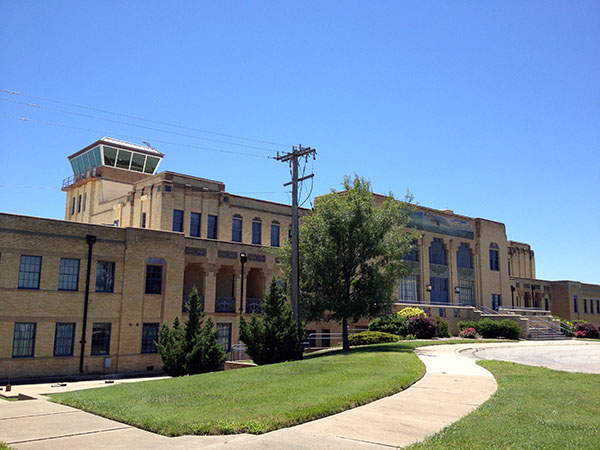
For example, All the iron work in the railings and several parts of the brickwork included airplanes and contrails. Looking up at the ceiling, it was painted with more airplanes, propellers, clouds, and rows of corn. (Hey, it’s still Kansas!)
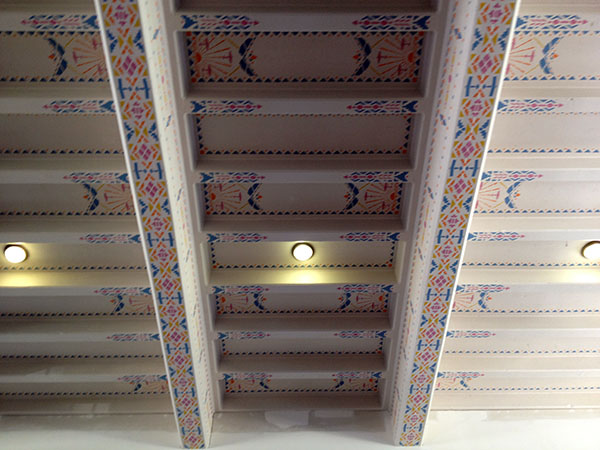
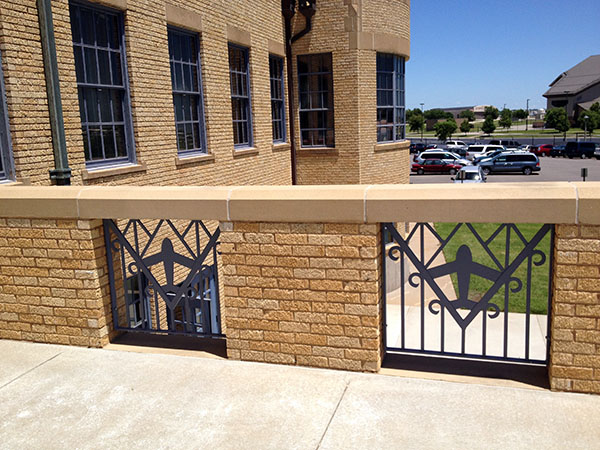
It reminded me a lot of the architectural symbolism in some buildings in Washington, DC. Columns in the Capitol, for example, have capitals with tobacco leaves, representing the crops of Southern plantations, rather than the traditional acanthus leaves you would find on the tops of Roman Corinthian columns. The Jefferson Building of the Library of Congress assigns meaning to nearly every detail of its construction, even exposing the light bulb sockets to celebrate the rarity of electricity at that time.
Inside the Wichita terminal, there were a few engines, propellers, and antique simulators on the ground floor. The top floor — where passengers checked in and could stroll out on a balcony to watch the aircraft and wait for their flight — had more informational exhibits on leading companies that contributed to Wichita’s development.
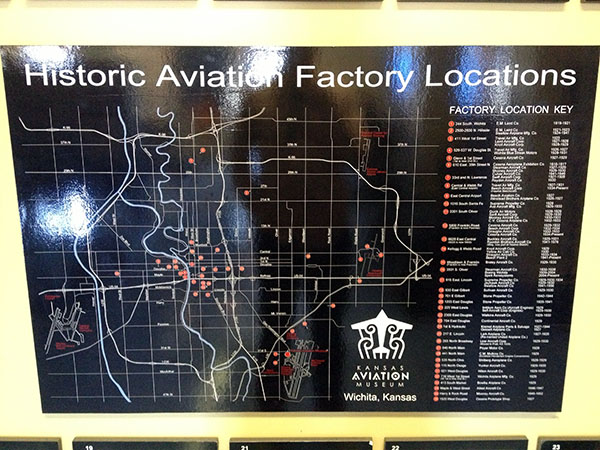
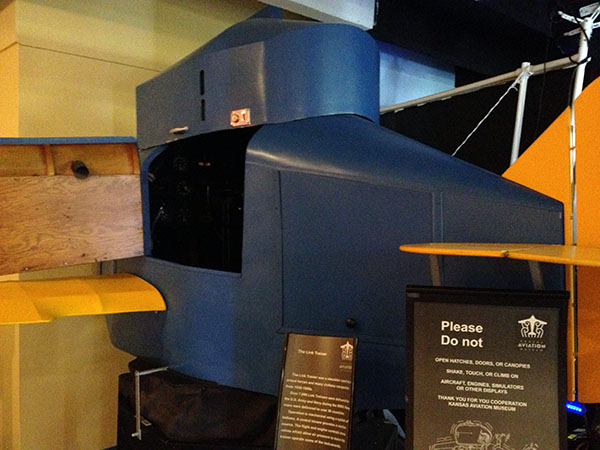
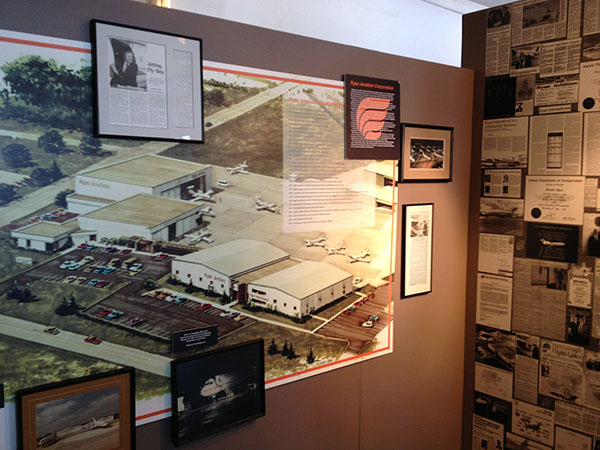
Outside, however, I didn’t find much to impress me among the collection of historic aircraft. Many were in significant disrepair (some of the wings were supported with wooden columns), and I thought the number of large military bombers and fighters were at odds with the greater focus on civilian aviation indoors.
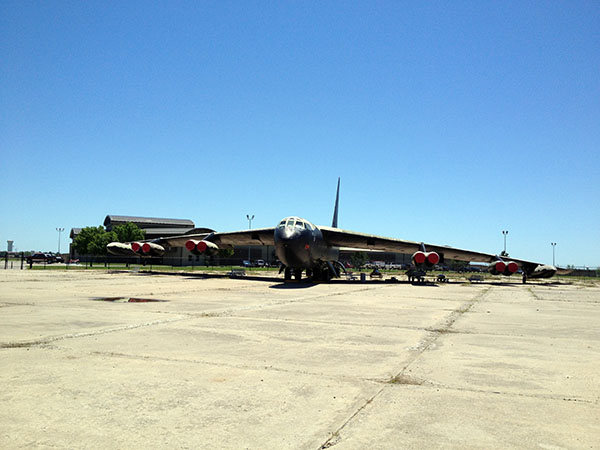
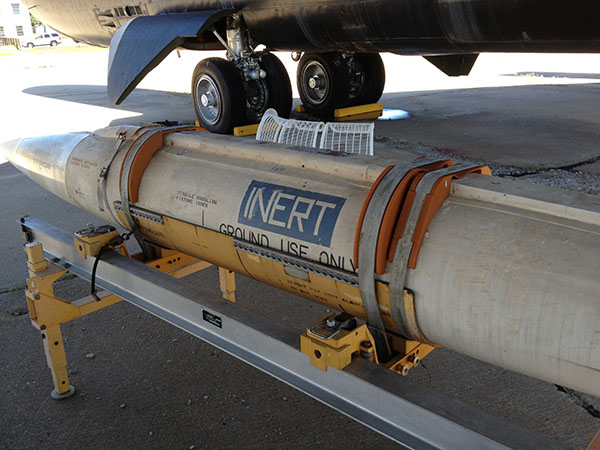
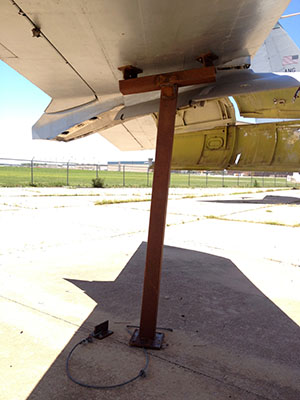
The only really interesting plane was a former FedEx transport jet. There was an access stairway in the tail, and I would have loved to go inside and explore. Unfortunately there was also a local ballet performance (something to do with bringing culture to various city parks) and FedEx cargo hold was being used as a changing room.

Worth the admission fee? Probably not. The Museum of Flight in Seattle is much larger, much better, and about the same price if a little more. But since you aren’t going to get many other opportunities to explore Wichita’s aviation history, it’s worth a visit for an hour or two if you’re passing through or in town on business.


